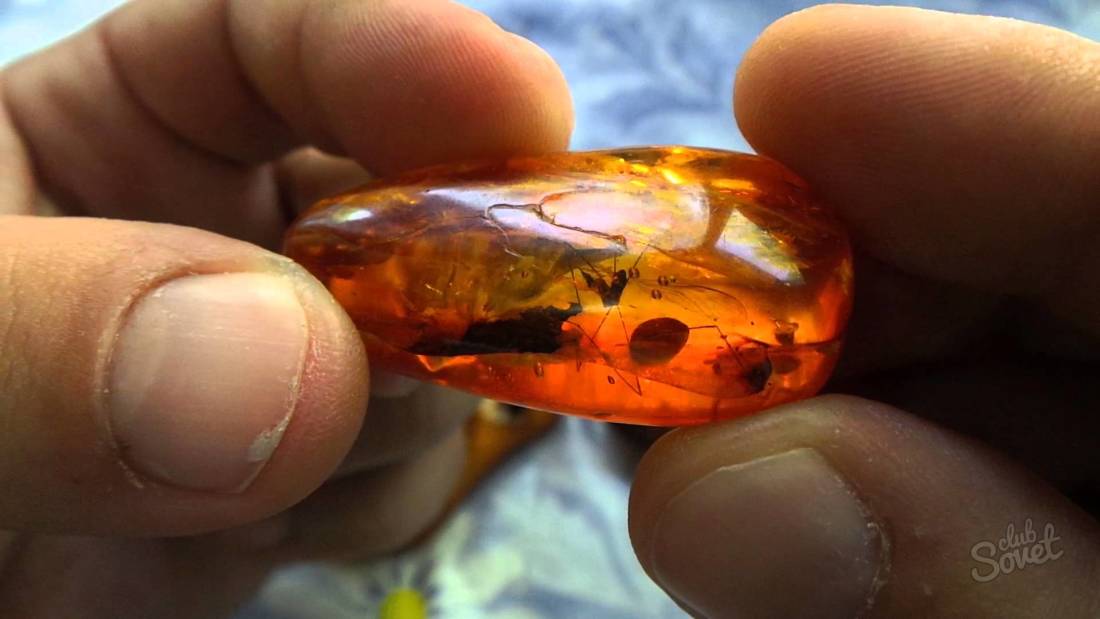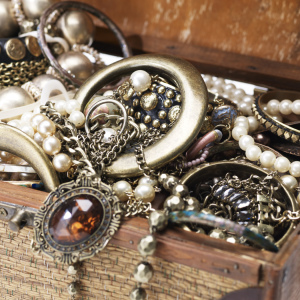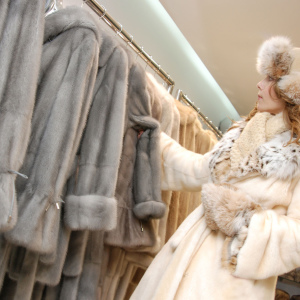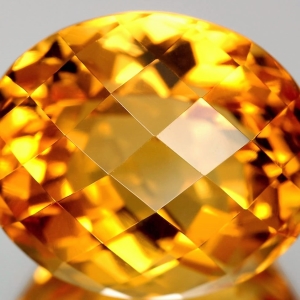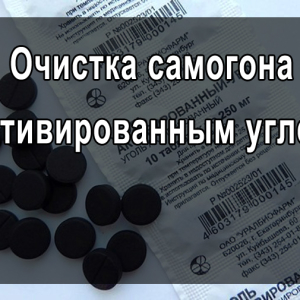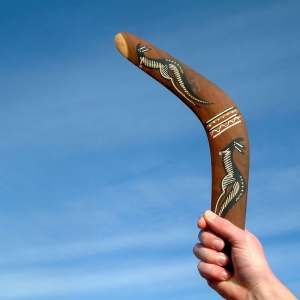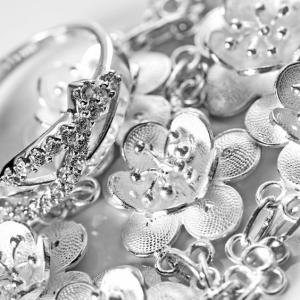In the jewelry market, the product from amber is invariably in demand. Fashion for accessories from solar stone exists from ancient times, in addition to aesthetic qualities, magical and healing properties are attributed to him. The cost of the present natural amber who has formed millions of years and produced in limited quantities is quite high. Often you can meet fakes of varying degrees of quality issued for real amber. To recognize them is easy if you have the right knowledge.
Origin of natural amber
More than 30 million years ago, a large number of coniferous species of trees, such as sequoias, pines and fir, has grown on the territory of modern northern Europe. The gradual increase in the average annual temperature provoked the abundant release of the resin, which, accumulating in the soil layers, gradually oxidized and Kamenene. Often inside the rock turned out to be inclises - particles of plants, small insects and even animals.
Layering water washed the formed pieces of rocks, transferring them to the river beds, and from there to the water area of \u200b\u200bthe seas. No wonder the largest deposit is located on the shores of the Baltic Sea, in the village of Amber Kaliningrad region. In small quantities, amber is mined in other corners of the planet, there are deposits in the United States, Mexico, Dominican Republic, the North Coast of Africa.
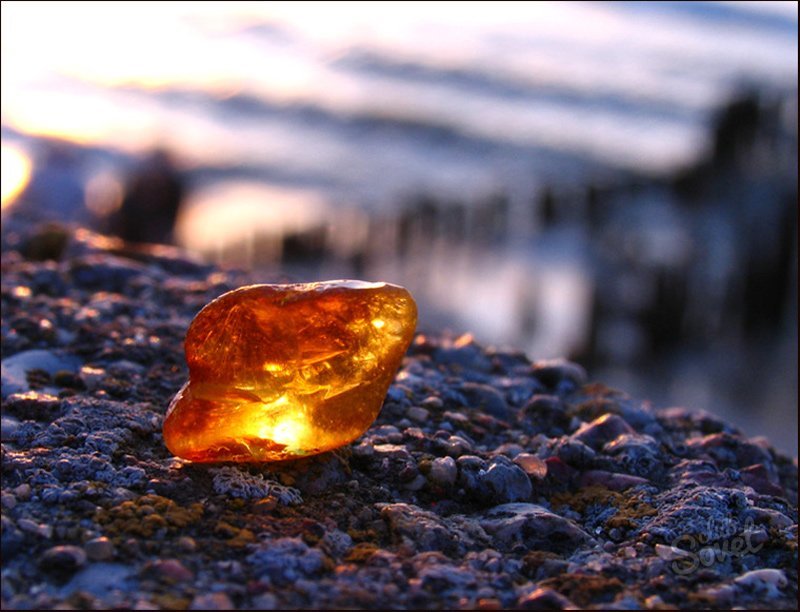
What are the fakes for amber?
The production of artificial precious stones has long been delivered to the stream in order to reduce the cost of manufactured products. Yantar did not exception, it is successfully faked both in traditional ways and with the help of the latest achievements of modern science. Consider the main types of fakes:
- Pressed amber. Made from production waste, amber crumbs. It has uneven color, weak transparency, a large number of small bubbles.
- Imitation of natural resins. Modern resins of tropical trees are used, as well as fossil resins of significantly less than amber. They are softer and easier are melted, which allows you to add artificial inclusions, misleading the buyer.
- Epoxy resin. The synthetic substance, with strong friction, heating or burning, makes an unpleasant chemical smell.
- Glass. It has significantly greater weight, too homogeneous transparency. Do not be mechanically exposed to mechanical effects.
- Synthetic plastics. Lighter than natural material, have a homogeneous composition, do not contain enclosures.
This is not a complete list of amber simulators, the chemical industry does not stand still, periodically appear new substitutes with close to the original characteristics.
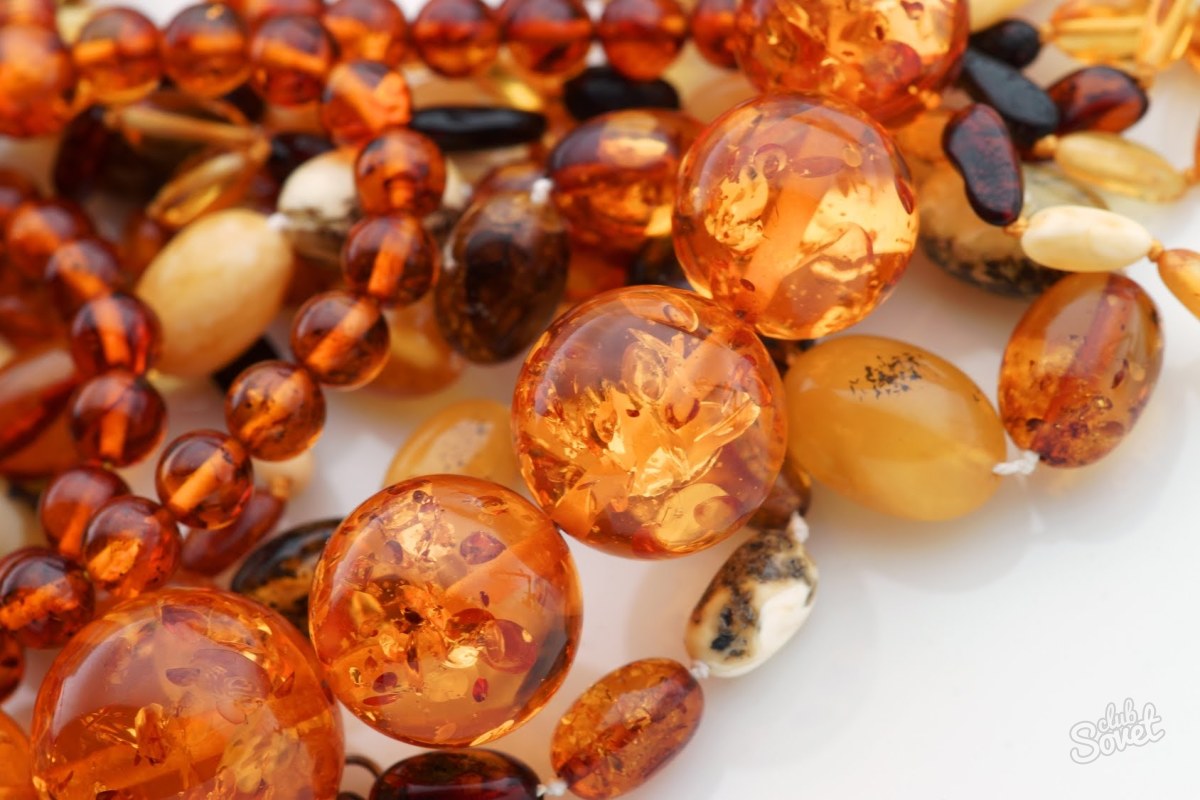
How to determine natural amber?
Methods for determining the naturalness of jewelry from amber are based primarily on its unique physical and chemical characteristics. Many fakes imitate the appearance, but differ in consistency, density, weight and other parameters.
- A real amber has a small density, therefore, in the salt solution, it will pop up to the surface, while glass or plastic products will immediately be drown. For the preparation of the solution, 200 grams of salt per liter of water are enough. This method is not suitable for products in the frame. Fakes from young natural resins will also be afloat.
- Fragility. Point mechanical impact, such as needle, will open natural amber, will not leave damage to the glass, remove the chips from plastic and softer artificial or modern vegetable resins.
- Electric conduct. Amber is well electrified with friction about wool or silk, attracting small pieces of paper, other trash. Most substitutes do not have such properties.
- High temperature response. A amber heated by friction or heat source begins to exhibit a mixed coniferous aroma. It is easy to distinguish from chemical smell of synthetics, and young resins although they have a similar bouquet, but when heated is softened and become sticky to the touch.
- Chemical reactions. When exposed to alcohol, acetone or ether, natural stone does not show a noticeable reaction. On pressed amber, plastics, artificial resins, a color change will occur, the surface will be sticky or rough. This method does not work on the glass products.
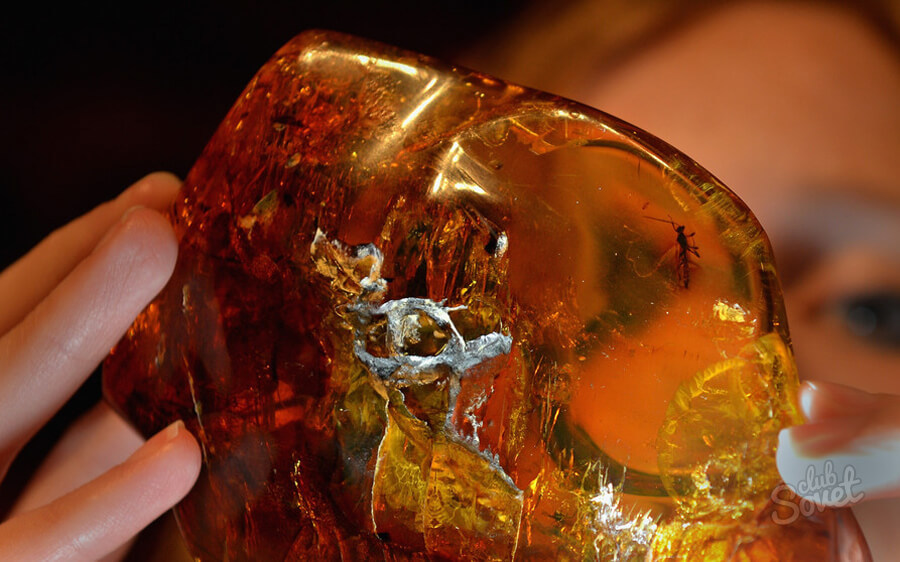
To make it possible to eliminate the fake, it is recommended to sequentially use multiple checking methods using affordable fading materials. And, of course, pay attention to the price, the product from natural material a priori cannot cost as ordinary jewelry.










